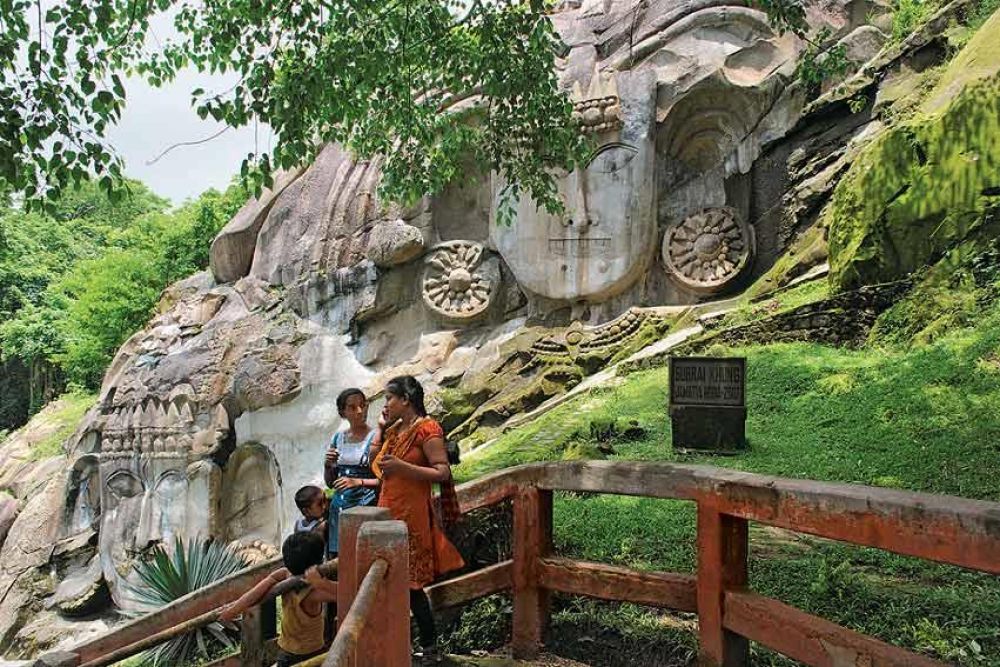

The Kailashahar Palace in Tripura, India, is a place steeped in history and lore, attracting tourists and history enthusiasts alike. The palace, now in ruins, was once the seat of the ancient Manikya kings who ruled over the region. The region of Tripura has a rich cultural heritage with a noteworthy legacy of princely states and archaeological sites, with Kailashahar being a significant historical landmark.
The history of Kailashahar is linked directly to the history of the Manikya monarchs. It is said that around the 7th century, a prince named Kailashahar, son of a famed Manikya King, established his domain in this region. The name 'Kailashahar' itself is believed to be derived from the prince's name and translates to the "abode of Kailash." The ruins of the palace are believed to be remnants of the ancient era of these influential rulers, providing a window into the region's grand past.
While the palace is no longer in its original grandeur, it has become an increasingly popular tourist destination for those who wish to experience the historical atmosphere and learn about the region's royal heritage. Visitors can explore the surrounding areas, which are dotted with remnants of regal architecture and temples, some dedicated to Hindu deities like Shiva and Vishnu, which reflect the religious inclinations of the Manikya dynasty.
In the past few years, there has been a noticeable shift towards heritage and cultural tourism in India, with Tripura working to capitalize on this trend. The state has emphasized the importance of conserving its historical sites and promoting them as key attractions. For places like Kailashahar, this has meant increased visibility and efforts to improve tourist facilities and accessibility.
Modern trends in the region also include eco-tourism, with visitors looking to pair their cultural exploration with the natural beauty of Tripura’s lush landscapes. Tourists can experience the local flora and fauna and enjoy the serene environment that surrounds the historical sites.
The recent focus on sustainable tourism practices has been evident in Kailashahar's approach to tourism. There is a growing acknowledgment of the need to preserve the integrity of the historical sites while allowing tourists to explore and appreciate them. Initiatives like controlled visitor numbers, knowledgeable local guides, and educational tours are examples of sustainable tourism practices being adopted.
For those who plan to visit the Kailashahar Palace ruins, the best time to go is between October and May, when the weather is most favorable for tourism. While enjoying the remnants of the past, visitors are also encouraged to engage with the local community, try regional cuisine, and take part in local festivals to fully experience the cultural fabric of Kailashahar.
The Kailashahar Palace ruins offer an enchanting glimpse into the past of Tripura and the glorious reign of the Manikya kings. Its growing popularity as a tourist destination not only signifies an interest in historical and cultural tourism but also emphasizes the importance of preserving such heritage sites for future generations. As tourists flock to these sites, it is crucial to ensure that tourism development is carried out responsibly and sustainably.